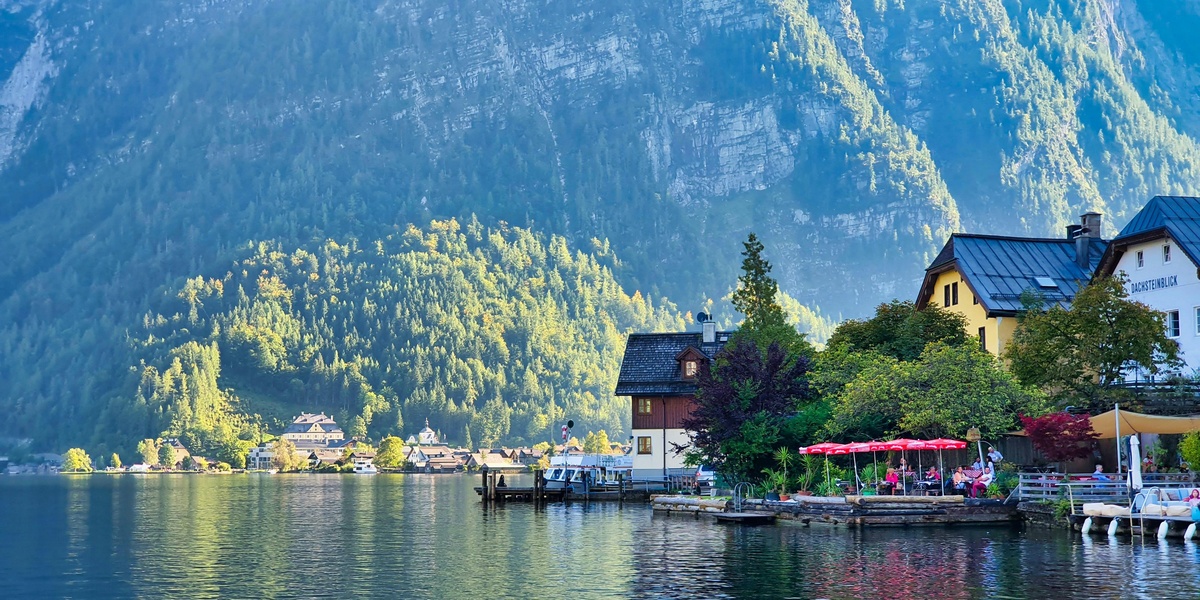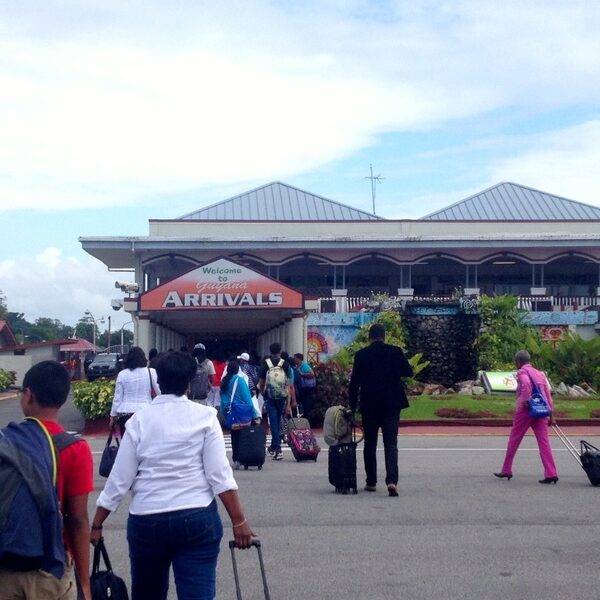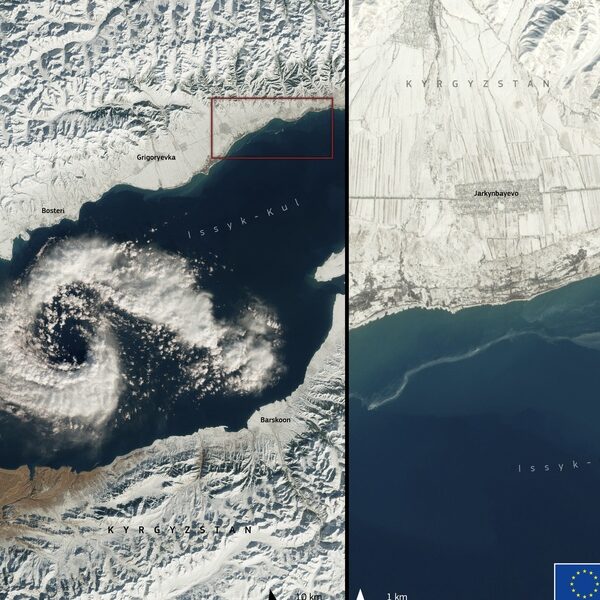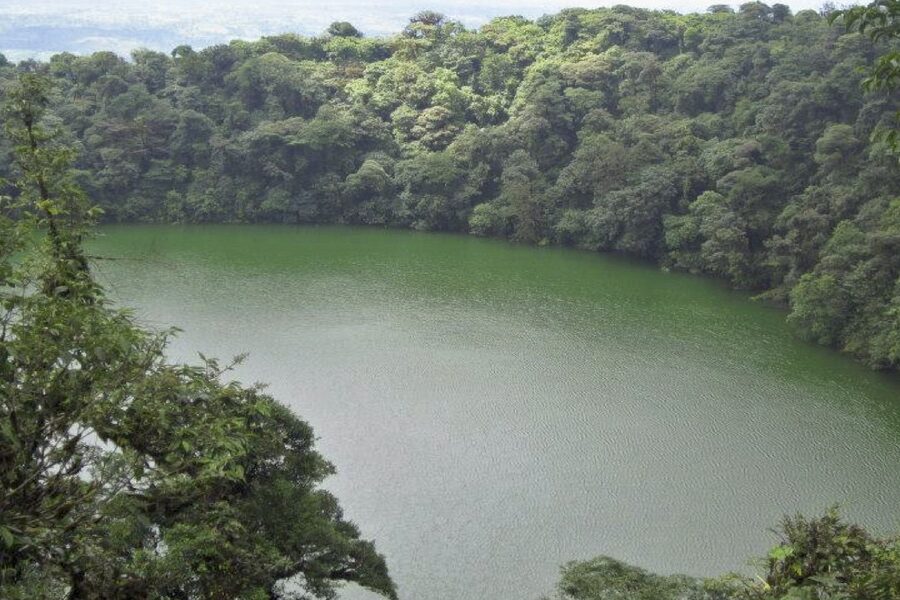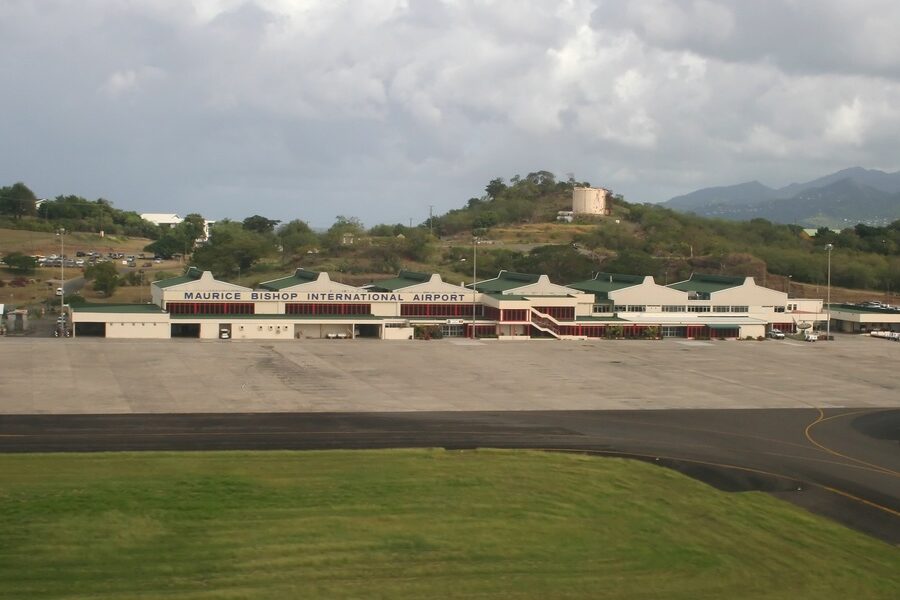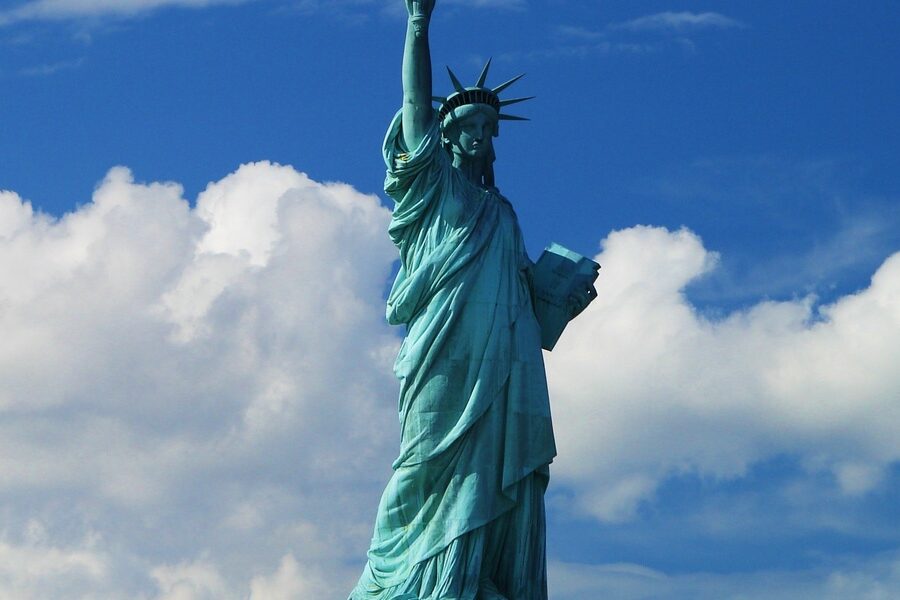Austria packs a surprising variety of heritage into a compact country — from sculpted Alpine landscapes and medieval towns to river valleys and protected old-growth forests. That mix of natural and cultural history makes a focused list useful for travelers, students and anyone curious about how different places earned UNESCO recognition.
There are 12 World Heritage Sites in Austria, ranging from Ancient and Primeval Beech Forests of the Carpathians and Other Regions of Europe to Wachau Cultural Landscape. The list shows each site with the columns Year inscribed, Location (state/city), Type so you can quickly compare when sites were added, where they sit administratively and whether they’re cultural, natural or mixed — you’ll find below.
How should I read the columns to plan a visit?
Use Year inscribed to see how recently a property joined the list, Location (state/city) to group nearby sites for travel planning, and Type to match your interests (cultural, natural, mixed). Sort or scan those columns to identify regional clusters, seasonal considerations, and sites with visitor facilities.
Can I see several UNESCO sites in one trip around Austria?
Yes — many sites cluster by region (for example, Wachau near Vienna, Alpine and lakes regions around Salzburg), so plan by state and travel time. Combine public transport with local shuttles or a car, check access rules and opening times for protected areas, and allow extra time for on-site trails or guided tours.
World Heritage Sites in Austria
| Name | Year inscribed | Location (state/city) | Type |
|---|---|---|---|
| Historic Centre of the City of Salzburg | 1996 | Salzburg, State of Salzburg | Cultural |
| Palace and Gardens of Schönbrunn | 1996 | Vienna | Cultural |
| Hallstatt-Dachstein / Salzkammergut Cultural Landscape | 1997 | Upper Austria, Salzburg, Styria | Cultural |
| Semmering Railway | 1998 | Gloggnitz, Lower Austria to Mürzzuschlag, Styria | Cultural |
| City of Graz – Historic Centre and Schloss Eggenberg | 1999 | Graz, Styria | Cultural |
| Wachau Cultural Landscape | 2000 | Between Melk and Krems, Lower Austria | Cultural |
| Fertő / Neusiedlersee Cultural Landscape | 2001 | Burgenland (shared with Hungary) | Transnational, Cultural |
| Historic Centre of Vienna | 2001 | Vienna | Cultural |
| Prehistoric Pile Dwellings around the Alps | 2011 | Carinthia, Upper Austria (part of a 6-country site) | Transnational, Cultural |
| Ancient and Primeval Beech Forests of the Carpathians and Other Regions of Europe | 2017 | Kalkalpen National Park and Dürrenstein-Lassingtal | Transnational, Natural |
| Frontiers of the Roman Empire – The Danube Limes (Western Segment) | 2021 | Lower Austria, Upper Austria, Vienna (shared with Germany and Slovakia) | Transnational, Cultural |
| The Great Spa Towns of Europe | 2021 | Baden bei Wien, Lower Austria (part of a 7-country site) | Transnational, Cultural |
Images and Descriptions
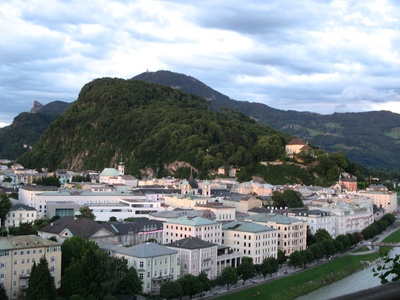
Historic Centre of the City of Salzburg
An exceptionally well-preserved ecclesiastical city-state, Salzburg’s old town showcases magnificent Baroque architecture, medieval lanes, and its famous association with Mozart. It’s a journey through centuries of European art, music, and history nestled by the Salzach River.
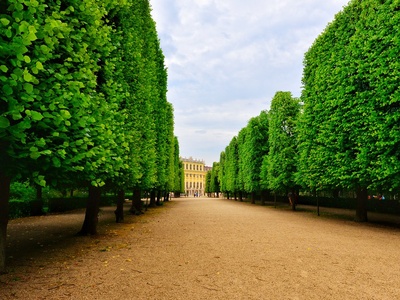
Palace and Gardens of Schönbrunn
The magnificent former summer residence of the Habsburg emperors, this lavish palace and its vast gardens are a masterpiece of Baroque art. Explore opulent staterooms, the world’s oldest zoo, and the Gloriette monument with panoramic city views.
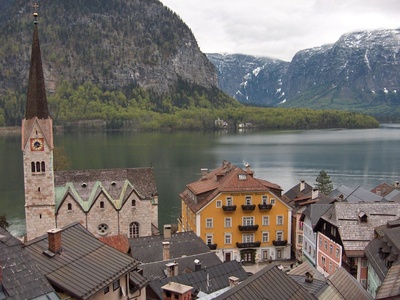
Hallstatt-Dachstein / Salzkammergut Cultural Landscape
This breathtaking alpine landscape has been shaped by salt mining for millennia. It features the picturesque lakeside village of Hallstatt, the dramatic Dachstein mountains with their ice caves, and a rich history stretching back to the prehistoric era.
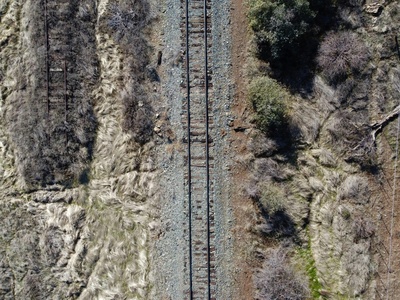
Semmering Railway
An outstanding feat of 19th-century civil engineering, the Semmering Railway was the world’s first mountain railway. It travels through spectacular mountain scenery with impressive viaducts and tunnels, harmoniously blending technology with nature on its 41-kilometer route.
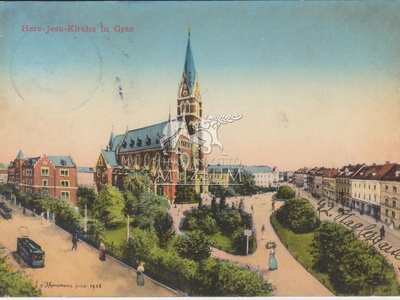
City of Graz – Historic Centre and Schloss Eggenberg
Graz’s historic heart is a harmonious blend of architectural styles from the Middle Ages to the 18th century, influenced by Germanic and Mediterranean cultures. The site includes the stunning Schloss Eggenberg, an aristocratic residence designed with astronomical symbolism.
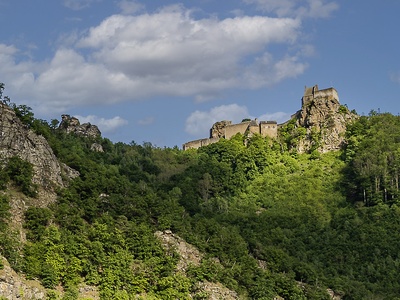
Wachau Cultural Landscape
Stretching along the Danube River, the Wachau Valley is a picturesque landscape of terraced vineyards, historic towns, and ancient monasteries like the magnificent Melk Abbey. It’s a living cultural landscape that has evolved organically over centuries.
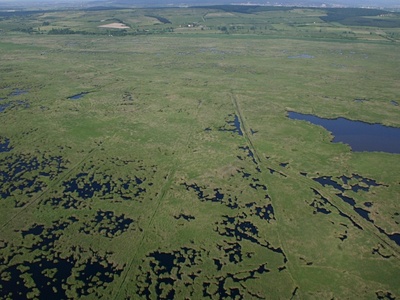
Fertő / Neusiedlersee Cultural Landscape
A unique landscape surrounding Europe’s largest steppe lake, shared with Hungary. For eight millennia, diverse cultures have shaped this area, leaving behind a rich tapestry of archaeological sites, historic villages, and palaces amidst a vital bird habitat.
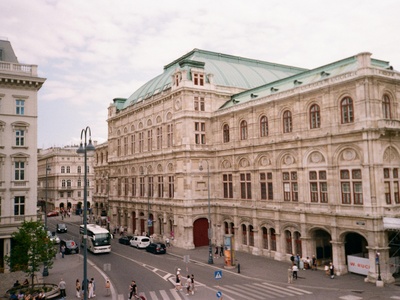
Historic Centre of Vienna
Once the heart of the powerful Habsburg Empire, Vienna’s center showcases stunning architecture from the Middle Ages to the Baroque and Gründerzeit periods. It’s a grand stage for imperial palaces, beautiful gardens, and monuments that shaped European music and culture.
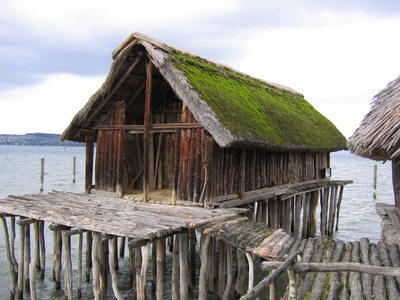
Prehistoric Pile Dwellings around the Alps
This site includes remains of prehistoric stilt house settlements across six Alpine countries, with Austrian locations on lakes like Attersee and Mondsee. They offer a vivid glimpse into life in Alpine Europe from around 5,000 to 500 B.C.

Ancient and Primeval Beech Forests of the Carpathians and Other Regions of Europe
This vast transnational site protects Europe’s last primeval beech forests. The Austrian components in Kalkalpen National Park and the Dürrenstein Wilderness Area showcase untouched, dynamic forest ecosystems that illustrate the tree’s post-glacial expansion across the continent.
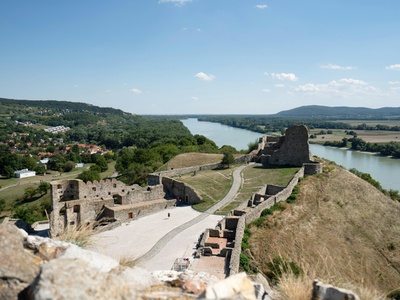
Frontiers of the Roman Empire – The Danube Limes (Western Segment)
This site traces the Roman Empire’s northern frontier along the Danube River. The Austrian section includes archaeological remains of legionary fortresses, watchtowers, and civilian settlements like Carnuntum, offering insights into Roman military life on the border.
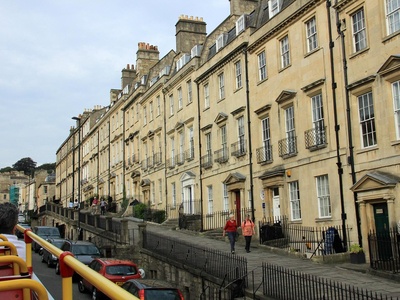
The Great Spa Towns of Europe
A collection of 11 historic spa towns across Europe that developed around natural mineral water springs. The Austrian town of Baden bei Wien is celebrated for its elegant Neoclassical architecture, casino, and gardens, embodying the European spa culture phenomenon.

